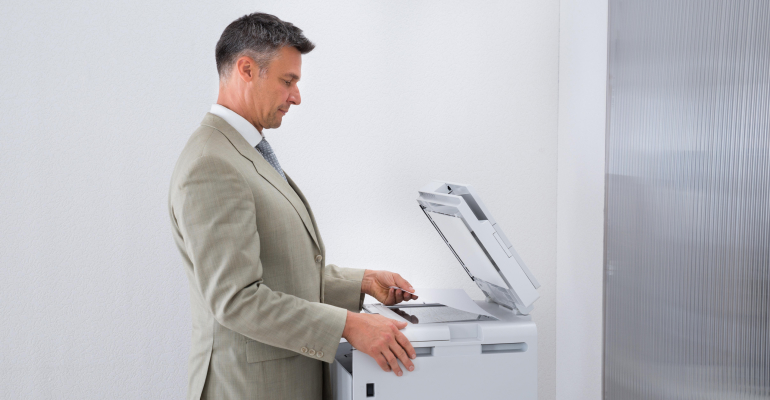Troubleshooting Common Printing Errors Made Easy

Troubleshooting Common Printing Errors Made Easy
Printers may seem like simple office equipment, but even minor hiccups can cause major headaches. Fortunately, many common issues can be resolved with a little do-it-yourself care. In this guide, we explore top printer problems and provide easy, at‑home fixes to keep your device running smoothly.
1. Paper Jams
Symptom: Frequent or consistent jams even after clearing paper
- Fan the paper stack before loading to reduce static and dust.
- Ensure paper is aligned snugly against tray guides and not overfilled.
- Gently clean feed rollers with a lint-free cloth to improve grip.
2. Poor Print Quality (Faded, Streaked, Smudged)
Symptom: Text or graphics look faint, blotchy, or smudged
- Run the built-in print-head/cleaning cycle to clear clogged nozzles.
- Clean scanner glass or printhead areas if using an MFP.
- Confirm you’re using manufacturer-approved ink/toner and proper paper.
3. Printer Is Unresponsive or Offline
Symptom: Printer won’t respond to print jobs or shows offline.
- Power cycle: unplug, wait ~10 s, then plug back in.
- Check all cables or wireless connections; try USB to isolate network issues.
- Ensure the printer is set as the default device and drivers are updated.
4. Slow Printing Speeds
Symptom: Excessive delay before or during printing
- Switch to “Draft” or “Normal” print mode for speed improvements.
- If on WLAN, test wired printing to rule out network latency.
- Clear the print queue of stalled jobs and restart printer/computer.
5. Connectivity Issues (USB, Network, Mobile)
Symptom: Unable to print from phone, can’t detect printer, etc.
- Update printer firmware and drivers on the manufacturer’s support site.
- For mobile, ensure both phone and printer are on the same network; update the printer’s manufacturer app.
- Swap out USB/Ethernet cables to rule out faulty hardware.
6. Error Codes & Warning Lights
Symptom: Error codes display on panel or computer.
- Restart printer after unplugging to clear transient errors.
- Cross-reference error codes in the printer manual or online. Often firmware/drivers updates are the remedy.
- For persistent errors (e.g., fuser faults), consider professional service.
When It's Time to Call in a Pro
- Repeated errors after DIY attempts
- Grinding noises, overheating, or burning smells.
- Error codes pointing to hardware issues (e.g., fuser errors)
- Mismatches in cartridge/drum that need precise alignment or replacement
Conclusion
You don’t need to be an IT expert to resolve most printer problems. A methodical approach—checking power and connections, cleaning interiors, running maintenance cycles, and keeping software up-to-date—will fix many hiccups swiftly. If all else fails, professional service is your best backup. With this guide in hand, you’re equipped to tackle tomorrow’s print woes with confidence!

